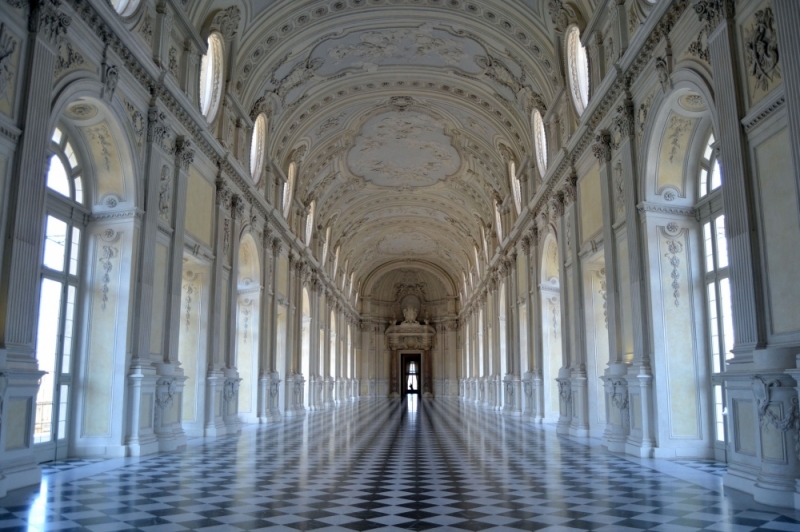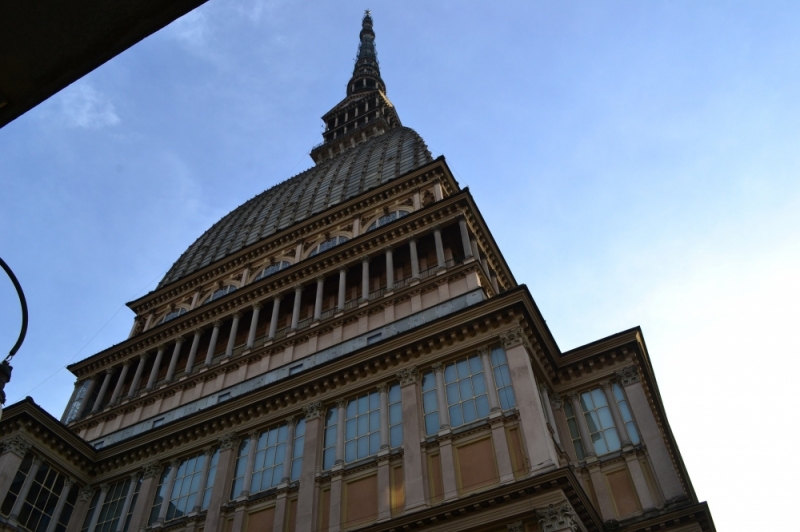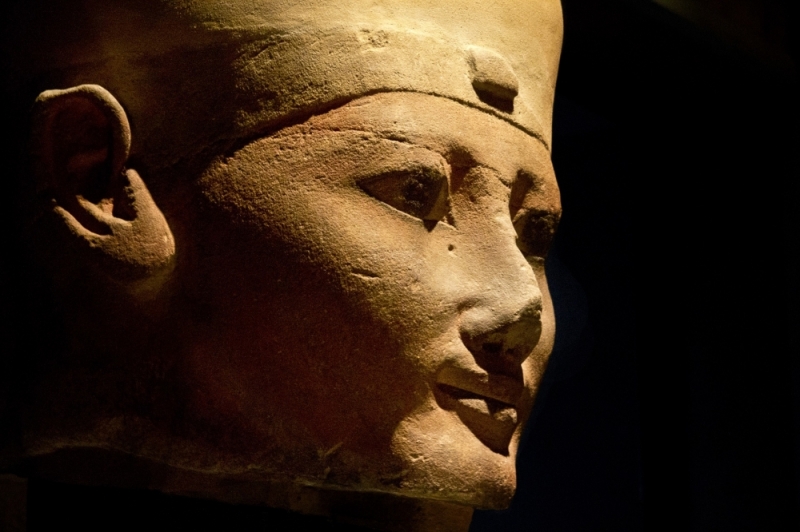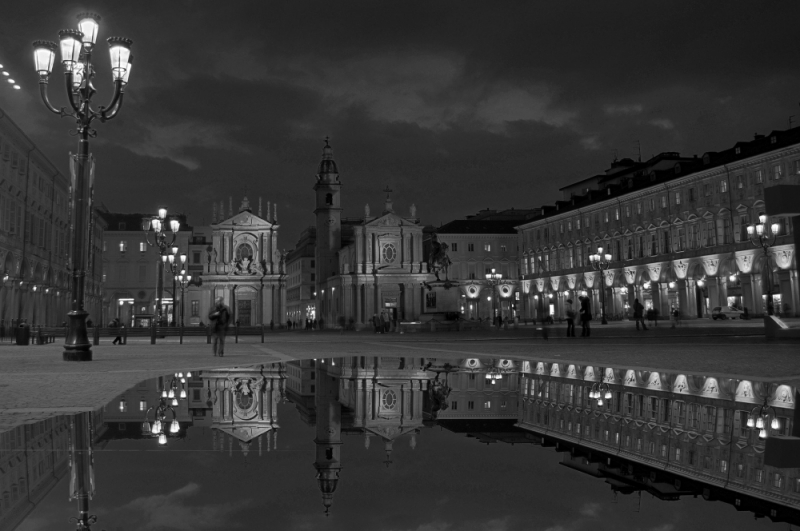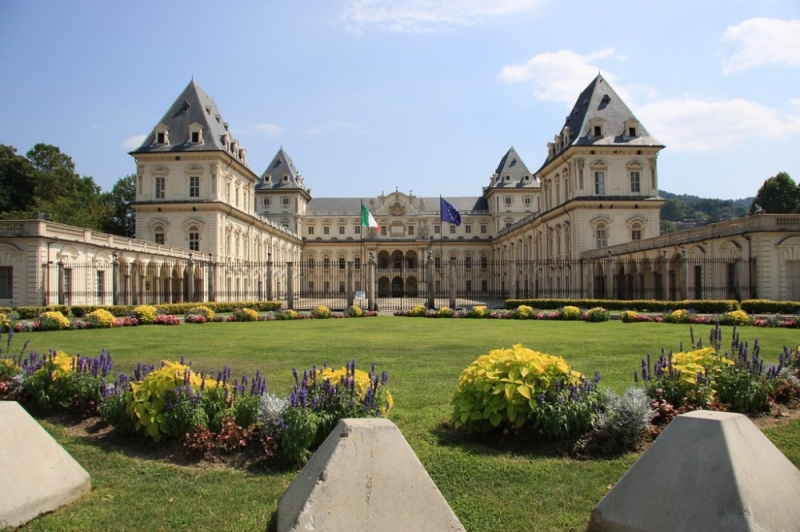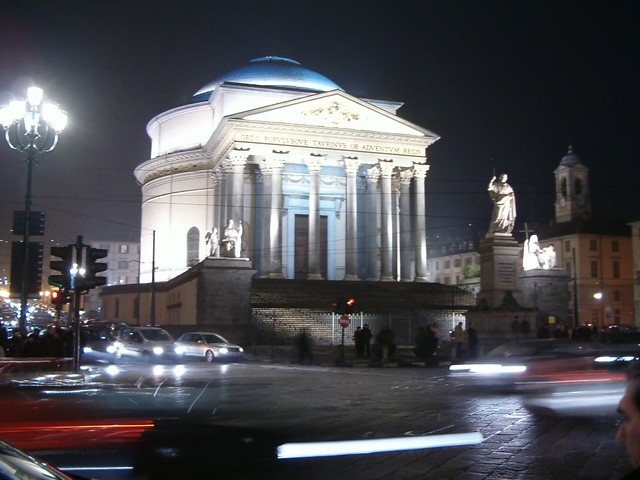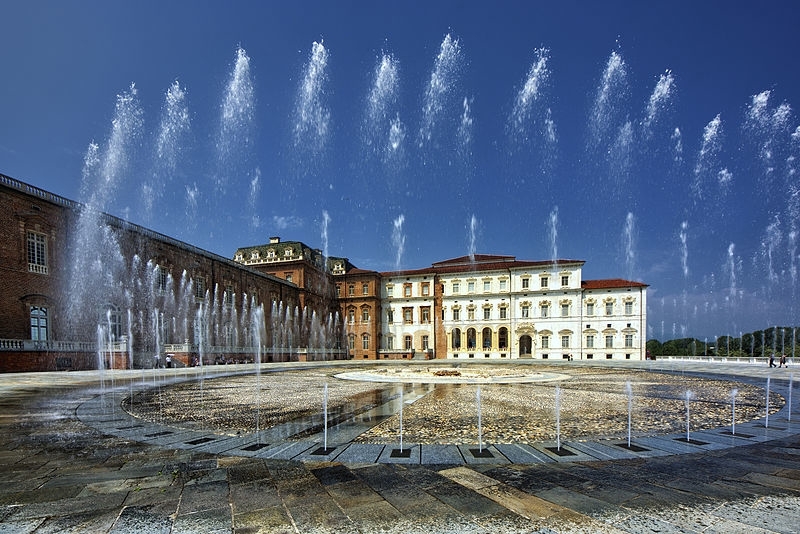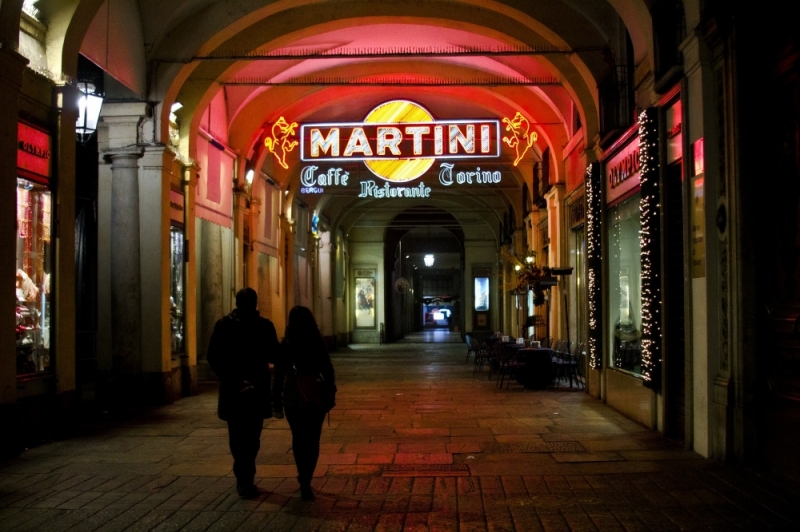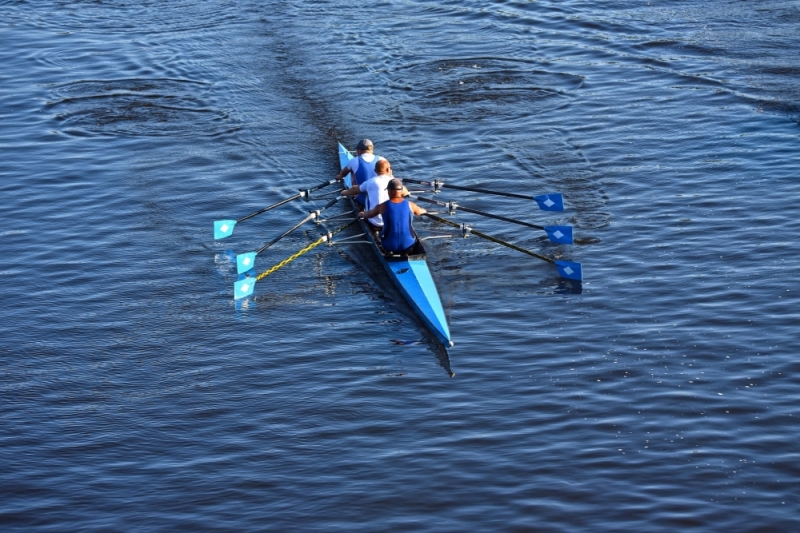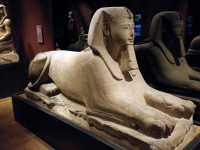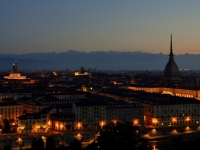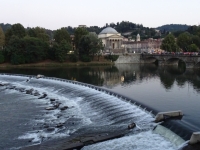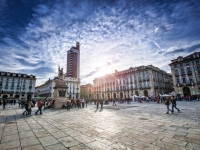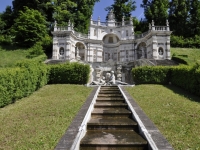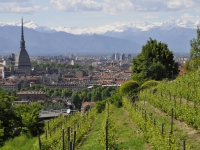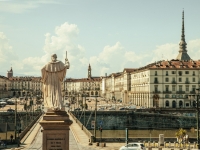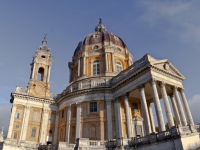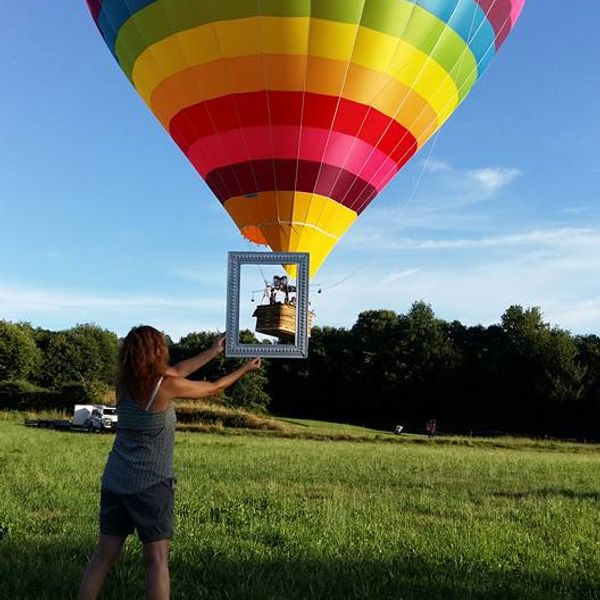The Laborious
Turin dates back to 27 BC, when the city was only a Roman colony, with the name Augusta Taurinorum.
In the 5th and 6th centuries, its geographical position allowed it to gain importance. It was dominated by the Lombard kings in 569, becoming the capital of one of the four duchies of present-day Piedmont. Subsequently, it became a county under the sovereignty of the Franks but it was around 940 that the March of Turin was formed. During the conflicts between the Empire and the Papacy, Turin was on the side of those who ensured its independence from the power of the Savoy, which was becoming increasingly threatening. In fact, the latter took over the city in 1280 and, subsequently, Turin was the site of conflicts between the Achaia princes and the counts of Savoy. With the end of the Achaian lineage, the Savoy state was unified. Prince Ludovico, the last of the Achaian lineage, founded the university of Turin in 1404, where Erasmus of Rotterdam graduated. Under the rule of the Savoy, Turin became an administrative and economic headquarters. The city was occupied by the French from 1536 to 1563, before returning under the rule of the Savoy. In 1640 there was a dispute between France, in favor of Madame Christina, and Spain, in support of Maurice and Thomas of Savoy. In 1663, during the reign of Charles Emmanuel II, the territory was controlled by France. Charles Emanuel II was succeeded by Vittorio Amedeo II, who reigned in uncertainty due to the continuous battles between France and Spain. In 1706, Turin was besieged by the French for almost a year, who were then driven out. The gesture of Pietro Micca left his mark, as he lost his life, performing a heroic act, to resist the French siege. In 1703, with the Treaty of Utrecht, the duchy became the Kingdom of Sardinia and, thanks to the victory of Napoleon Bonaparte, Vittorio Amedeo III remained on the throne, but it was during the reign of Charles Emmanuel IV that the territory was annexed to France. The Austro-Russian coalition intervened in 1799 to drive out the French, but during the following year Napoleon's troops regained control of the city, and their power lasted for 14 years. In 1802 Turin was annexed by France and its political-administrative organization was also on the French model. The city returned to the Savoys in 1814, thanks to the Congress of Vienna. With the end of Carlo Felice's government, the Savoy dynasty also ended. Power passed into the hands of Carlo Alberto, who declared war on Austria to satisfy the demands of the people but, after the defeat of Novara in 1849, his reign ended. When his son came to power he began the Risorgimento, during which Turin became the seat of the Italian liberals. In 1861 the first Italian Parliament was born in Turin. The city suffered a crisis when in 1864 the capital of the kingdom of Italy was moved to Florence. At the end of the nineteenth century the automotive industry established itself with Fiat, founded by Giovanni Agnelli, and from there the Turin mechanical industry also developed. The population began to move from the countryside to the city and the population intensity in the cities grew by approximately 9,000 people per year. During the First and Second World Wars the industry concentrated on the production of weapons of war and, despite the economic losses that the city suffered, it was the development of Fiat in the post-war period that revived the economic situation. The strong migratory flow from the South during the 1950s and 1960s made Turin the "third southern Italian city" after Naples and Palermo. After the 1970s there was a considerable decrease in the population, which was balanced by a strong migratory flow from Africa, countries of the former Soviet bloc and Asia.
What see
Before drawing up the list of the main attractions of Turin, we advise you to buy the Torino + Piemonte card, based on the duration of your stay: in fact you can choose the 1, 2, 3 or 5 day card.
We recommend starting from Piazza Castello , which is the main square and is located in the heart of the historic center of Turin. At the center of the square is the architectural complex of Casaforte degli Acaja , while along the perimeter it is possible to find the Palazzo della Prefettura-Royal Armory in the north, the Regio Theater in the east, two noble palaces on the sides of Via Garibaldi, where one houses the Piedmont Region to the west while the other hosts the Real Church of San Lorenzo to the north-west, the Galleria Subalpina to the south-east and the Torre Littoria to the south-west. If walking has made you hungry, you can stop at one of the many ice cream parlors in the square and enjoy a good ice cream. Palazzo Reale was built in 1646, it was the royal residence until 1865 and the entrance is in Piazza Castello. Today it is possible to visit the interiors of the building, such as the king's apartments, the Royal Library, the Royal Armory, the Savoy Gallery and the royal gardens, whose entrance is free.
Also in Piazza Castello there is Palazzo Madama which, despite the current Baroque façade, was once a medieval castle. His name refers to Madama Cristina of Bourbon-France, called the first "Madama Reale". Inside the building there is the Museum of Ancient Art of the City of Turin where you can admire a rich collection of ceramics and sculptures. If you want to admire the city from above, we advise you to climb the towers, so that you can appreciate the Mole Antonelliana from above, which we will describe later. The Mole Antonelliana is the symbol of the city. Mole indicates that in the past it was the highest masonry construction in the world, while Antonelliana refers to Alessandro Antonelli, the architect who conceived it. Its shape refers to a nineteenth-century eclectic architectural technique in the style of Alessandro Antonelli. Inside there is also the National Cinema Museum. For the uninitiated, Turin is the city where Italian cinema was born, so a museum was dedicated to it. Walking through the museum it is possible to retrace the history of cinema, starting from the first cameras to the Star Wars Saga. There is also a room where the seats are positioned so as to guarantee an upward view, where films are projected on the ceiling wall. One of the main attractions of the museum is the panoramic elevator with transparent walls, thanks to which you can admire the entire city. To avoid mileage, we advise you to buy skip-the-line tickets.
After Palazzo Madama, you will find Palazzo Carignano , which is home to the Museum of the Italian Risorgimento, and along the entire museum, you can relive the history of Italy. From the entrance of the museum, you can see Piazza Carlo Alberto, where the statue of Carlo Alberto of Sardinia is master. The Egyptian museum is among the largest in the world, after the one in Cairo. Through a tour full of mummies, statues and sarcophagi, you can explore the Egyptian world. The Le Nuove Prison Museum is also worth a visit, where the regime's opponents, including partisans and Jews, were locked up during the Fascist period. Inside the prison there was also a German arm, an area managed by the SS of the Third Reich, where prisoners were tortured. The museum was created with the intention of making known the people who sacrificed themselves during fascism, to assert their ideal of free and democratic Italy.
In Piazza San Carlo there are 2 twin churches: Santa Cristina and San Carlo Borromeo . At the center of the square dominates and the beautiful equestrian statue of Emanuele Filiberto, Duke of Savoy. Always in the Piazza, under its arcades, you can go shopping or enjoy a good coffee at the historic "Bar Torino". As mentioned above, Turin has been home to the automotive industry over the years, which is why the Automobile Museum was born, held by The Times magazine, one of the 50 best museums in the world. Inside there is a collection of vehicles among the rarest in the world. The Cathedral of San Giovanni Battista is worth a visit: in fact it is the most famous church in Turin, inside which the sacred Shroud is kept. Located near the Royal Palace is Porta Palatina , one of the oldest buildings in Turin, and it was through it that ancient access to the Augusta Taurinorum was accessed.
The Worker Village Leumann is a clear example of a workers' village: it was a village where workers lived and worked, and was conceived with the idea of giving them schools, churches and social spaces. Near Porta Palatina, there is the Porta Palazzo Market , which occupies almost all of Piazza della Repubblica. It is the largest open-air market in Europe and will allow you to take a gastronomic tour that you will hardly forget. Among the beauties of Baroque art, there is the Santuario della Consolata, one of the oldest churches in Turin. Its bell is the largest in Piedmont and its sanctuary is dedicated to the cult of the Virgin Mary. The medieval village of Turin is located inside the Parco del Valentino , and was born with the idea of recreating the city of the 15th century, complete with a drawbridge and craft shops. You can also enjoy a long walk or a picnic in the park. The Castello del Valentino was built in 1620 by the duke Emanuele Filiberto of Savoy and today it is not open to visitors, as it houses the University of Architecture. Admiring its external façade, you will notice that it reflects a fusion between French architecture and Italian architecture.
Church of the Great Mother of God - Superga
Walking along Piazza Vittorio Veneto, you can enjoy the view of the river or the Church of the Great Mother of God, perhaps having an aperitif or having a dinner. The Church of the Gran Madre di Dio was built to honor the victory of Vittorio Emanuele I over Napoleon in 1814. Its style is neoclassical and was built on the model of the Pantheon in Rome. The Monte dei Cappuccini takes its name from the Capuchins of the House of Savoy, to whom it was given. Visiting the interior you can admire the Church of Santa Maria and visit the Museum of the Mountain. Don't miss a visit to Villa della Regina , situated on a hill from which you can admire the view. It was built in 1615, to become the residence of the Queens of the Savoy. The residence was a model for the "vineyards" and the villas of the aristocracy and the bourgeoisie.
Palace of Venaria Reale
If you want to enjoy the view of the city and the Alps, we recommend you visit the Basilica of Superga . You will be surprised by its huge circular facade with a dome, inside which there are the tombs of the king of the House of Savoy. The basilica is also remembered for a sad story of 1949, when the plane carrying the Turin team crashed on the hill. The Reggia di Venaria is one of the Savoy Residences, part of UNESCO and is also listed on the Heritage list of humanity since 1997. As the proverb says, "Whoever sees Turin and nen la Venerìa, in ved la mare e nen la fija" or "Whoever sees Turin and does not see Venaria, sees his mother and not his daughter". It was commissioned by Duke Carlo Emanuele II, who used it as a base for hunting parties and was designed by the architect Amedeo di Castellamonte. It was built at the foot of the Lanzo Valleys, due to its proximity to the "Gran Paese" woods, rich in game. This site recorded more than 1 million visitors in 2018, making it the seventh most visited state museum site in Italy.
Movida and entertainment
Turin offers fun for every tourist: starting from wineries or English pubs, up to the discos or cocktail bars. Try the Docks Dora, an abandoned industrial area, home to an old locomotive factory, which today is a creative district, where you can find musicians, designers, architects, painters, art galleries and so on. Another area dedicated to nightlife is the Roman Quadrilateral, which takes its name from the ancient military camp of the Romans, and is a place rich in bars, wineries, restaurants etc.
For fans of Caribbean dances, there are numerous places where you can dance exclusively in Latin America. If you visit Turin in the summer, don't miss the Fiesta Latina Summer Village, a festival dedicated to lovers of Latin American dances.
During the winter, for the lovers of the disco there are: the Friday evening Supermarket where electronic music is played, if instead you prefer the traditional house evening like the Hennesy, the Vertigo, the Gare, the Big, the Naxos and the Capriglio . If you prefer a quiet evening, there is the local Arci Cafe Liber, where you will find table games lovers. There are also numerous social centers that host numerous cultural events and initiatives. In summer, however, the Turinese move towards the Murazzi, the riverfront that is between Corso Vittorio and Piazza Vittorio: on the right side you can enjoy an aperitif at the beach, lying on a deckchair and accompanied by the music of great DJs. On the other side you can find commercial music in places such as the Pier or the Jammin and if you are veterans of the night and don't want to retire, there is Giancarlo, where the city night owls meet.
Climate, curiosity and advice
Climate: In Turin the climate is average continental, with cold and wet winters and hot and sultry summers. Rainfall is abundant and the least rainy season is winter while the wettest periods are late spring (May), and autumn.
The best times to visit Turin are spring and early summer, but September is also a good month, taking into account that sporadic episodes of rain may occur.
Curiosity: we decided to let you know some curiosities about Turin, which many Turinese do not know. If you are passionate about cinema, know that the first film in Italy was shown in Turin in March 1896. But Turin is not only the capital of cinema. In fact, having been the site of culture and literature in the past, the city saw the birth of numerous publishing houses, such as Einaudi, Bollati Boringhieri, UTET and Rosenberg & Sellier throughout history. Another interesting curiosity concerns the 2006 Winter Olympics, when the first automatic subway in Italy was put into operation. In addition, Turin, as the headquarters of the automotive industry, has a car with its name, the Ford Torino. She is known to have been used by Agent Starsky in the well-known television series Starsky & Hutch, or even in the film directed and starring Clint Eastwood in 2008, Gran Torino. For art lovers, know that Turin is the Italian capital of liberty. Thanks to the success of the International Exhibition of Modern Decorative Art, numerous art nouveau buildings were built in Turin, such as the Fenoglio House - La Fleur and the House of Dragons.
Tips: the best way to visit Turin is to visit it on foot and use public transport only for longer journeys. The square layout of the city, inherited from its Roman past, will allow you to visit it easily.
If you arrive in Turin by car, pay attention to the ZTL (limited traffic zone), active Monday to Friday from 77:30 to 10:30 and the roads reserved for public transport, are closed to private traffic from 7 to 20:00 everyday. If you arrive by plane, you can reach the center either by taxi, or by the GTT train that arrives in Piazza Baldissera or the Sadem bus that stops in Piazza Carlo Felice.


